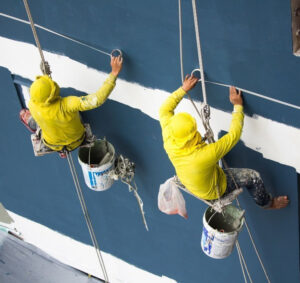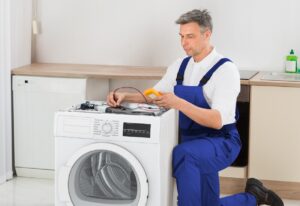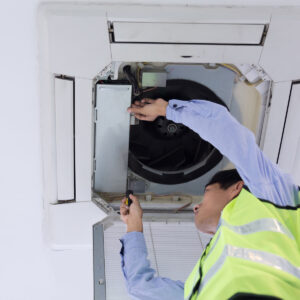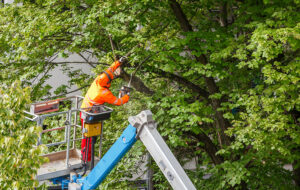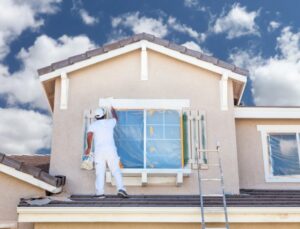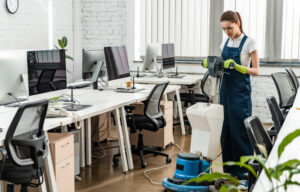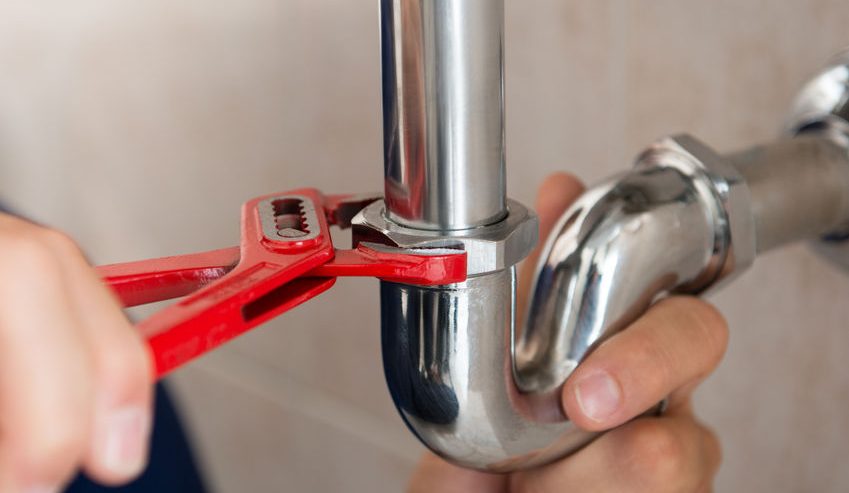Water leakage is a common problem that can cause significant damage to homes and commercial buildings if not addressed promptly. Leaks often start small but can escalate into costly repairs and structural issues. Understanding the causes, types, and solutions for water leakage is essential for every property owner. Recognizing the early warning signs, such as damp walls, water stains, or unusual mold growth, can prevent extensive damage and protect your investment. Water leakage repair is not only about fixing the visible problem but also ensuring long-term prevention. Many homeowners underestimate the impact of water leaks, but timely intervention can save money, reduce stress, and maintain a safe living environment. Knowing when to handle repairs yourself and when to call a professional is key to effective management.
Water leaks can occur in multiple areas of a building, including pipes, roofs, basements, kitchens, and bathrooms. Each area has specific vulnerabilities, and understanding these can guide the repair process. Detecting leaks early requires vigilance and sometimes the use of specialized tools. Ignoring water leakage can lead to structural damage, electrical hazards, mold growth, and increased water bills. Professional inspection may involve thermal imaging or moisture detection to pinpoint hidden leaks. This knowledge allows property owners to make informed decisions and prioritize repairs based on severity and potential risk. Implementing proactive measures alongside repair work ensures a long-lasting solution.
Causes of Water Leakage
Water leakage can happen for a variety of reasons, and identifying the underlying cause is crucial for effective repair. Aging pipes and plumbing systems are a major contributor to leaks, especially in older homes. Over time, metal pipes can corrode and develop cracks, while PVC pipes can degrade or get damaged due to pressure fluctuations. Poor construction practices or faulty sealing during building work can leave structures prone to leaks. Weather-related factors, such as heavy rainfall, flooding, or soil movement, can also compromise plumbing and roofing integrity. Human error during installation or maintenance is another frequent cause of leaks. Addressing these causes requires both immediate repair and preventive strategies to avoid recurrence.
Types of Water Leakage Repairs
Different types of leaks require different repair approaches. Pipe repairs often involve spot repairs for minor leaks, full pipe replacement for severe damage, or advanced pipe relining for long-term durability. Roof and gutter leaks demand identification of damaged areas, sealing cracks, and sometimes replacing worn-out shingles or panels. Basement and foundation leaks may be treated through waterproofing, crack injection, or installing sump pumps to manage water flow. Bathroom and kitchen leaks, like faucet drips, shower leaks, and toilet leaks, can often be fixed using specialized plumbing parts and sealants. Choosing the right repair method depends on the leak type, location, and severity. Timely repairs not only prevent further damage but also reduce repair costs in the long term.
Step-by-Step Guide to Repairing Water Leaks
Repairing water leaks requires a systematic approach to ensure efficiency and safety. The first step is to detect the leak using modern tools such as thermal imaging cameras, moisture meters, or leak detection sensors. Once identified, it is essential to shut off the water supply to prevent flooding or further damage. The next step is selecting the appropriate repair method based on the severity and type of leak. Minor leaks may be addressed with sealants, pipe tapes, or small patch repairs, while major leaks often require professional intervention. Safety precautions, including wearing protective gear and avoiding electrical hazards, are critical during repair work. After completing the repair, testing the system ensures the leak has been effectively sealed. Regular monitoring afterward helps detect future problems early.
Tools and Materials Needed for Water Leakage Repair
Having the right tools and materials is essential for efficient and effective water leakage repair. Common tools include pipe wrenches, pliers, sealants, tapes, and adhesives for minor repairs. Replacement pipes, fittings, and connectors are needed for more extensive plumbing repairs. Leak detection tools like moisture meters and sensors help locate hidden leaks that could cause damage over time. Waterproof coatings, insulation materials, and crack fillers are crucial for repairing roof, basement, and wall leaks. Keeping tools and materials organized and ready for immediate use can reduce downtime during emergency repairs. Additionally, understanding the correct use of each tool ensures safety and effectiveness. Investing in high-quality materials guarantees that repairs last longer and provide better protection against future leaks.
Cost of Water Leakage Repair
The cost of water leakage repair varies depending on the severity, location, and type of leak. Minor leaks such as faucet drips or small pipe cracks are usually inexpensive to fix and may require only basic materials and labor. Major plumbing issues, roof repairs, or foundation leaks can be more costly due to extensive labor, replacement materials, and professional expertise required. Factors influencing repair costs include the accessibility of the leak, type of building, age of plumbing systems, and regional labor rates. Timely repairs are often more cost-effective than delaying, as small leaks can lead to extensive water damage and structural problems. Budgeting for regular inspections and minor maintenance helps reduce the risk of expensive emergency repairs. Understanding cost factors allows property owners to make informed decisions and plan accordingly.
Preventing Future Water Leaks
Preventing future leaks is just as important as repairing existing ones. Regular inspection of plumbing, roofing, and waterproofing systems can identify potential problems before they escalate. Using high-quality plumbing materials and professional installation practices ensures durability. Installing water leak detection systems provides early alerts for leaks, reducing the risk of extensive damage. Seasonal tips, such as protecting pipes from freezing in winter or ensuring gutters are clear during rainy seasons, help prevent common causes of leaks. Educating household members about water conservation and leak awareness promotes proactive maintenance. Combining repair with preventive measures ensures long-term protection against water damage and structural deterioration.
Environmental and Health Impacts of Ignoring Water Leaks
Ignoring water leaks can have serious consequences for both health and property. Mold growth caused by persistent moisture affects indoor air quality and can trigger respiratory issues, allergies, or infections. Structural damage, such as weakened walls, floors, and foundations, can compromise the safety of a building. Water leaks may also damage electrical wiring and appliances, increasing the risk of short circuits or fires. Continuous water leakage results in higher water bills and unnecessary water wastage. Prolonged exposure to moisture can attract pests and degrade materials, further impacting property value. Addressing leaks promptly safeguards both the health of occupants and the integrity of the building. Proactive maintenance reduces environmental impact and preserves resources.
Frequently Asked Questions (FAQ)
How do I know if a water leak is major or minor?
Minor leaks often appear as small drips, puddles, or occasional water stains, while major leaks cause significant water pooling, structural damage, or sudden water pressure drops. Professional inspection is recommended for accurate assessment.
Can I fix a water leak myself or should I call a professional?
Small faucet or pipe leaks can often be repaired DIY using basic tools and sealants. For extensive plumbing, roof, or foundation leaks, hiring a licensed professional ensures safety and effectiveness.
How long does it typically take to repair a water leak?
Repair time depends on leak severity. Minor leaks may take a few hours, while major plumbing or structural leaks may require several days, including drying and testing.
What are the best materials for long-lasting leak repairs?
High-quality pipes, sealants, adhesives, waterproof coatings, and professional-grade fittings ensure durability and reduce the risk of future leaks.
How can I prevent leaks during winter or rainy seasons?
Insulate pipes during winter, maintain gutters, and inspect roofs for damage before heavy rainfall. Installing leak detection systems adds an extra layer of protection.
What tools do I need to detect hidden leaks?
Thermal imaging cameras, moisture meters, and leak detection sensors are highly effective for locating hidden leaks behind walls, ceilings, and floors.
Can water leaks affect my electricity and appliances?
Yes, water leaks near electrical systems can cause short circuits, appliance damage, or fire hazards. Immediate repair and careful monitoring are crucial.
Takeaway
Water leakage repair is a critical aspect of property maintenance that requires timely detection, proper repair methods, and preventive measures. Addressing leaks not only safeguards structural integrity but also protects health, reduces costs, and prevents environmental impact. Homeowners and property managers benefit greatly from understanding the causes, types, and repair techniques of water leaks. Regular inspections, high-quality materials, and modern detection tools ensure long-term durability and safety. Whether handling minor DIY fixes or hiring professional services for larger problems, proactive management is the key to a leak-free property. With proper knowledge and timely action, water leakage repair becomes manageable, cost-effective, and highly rewarding.



